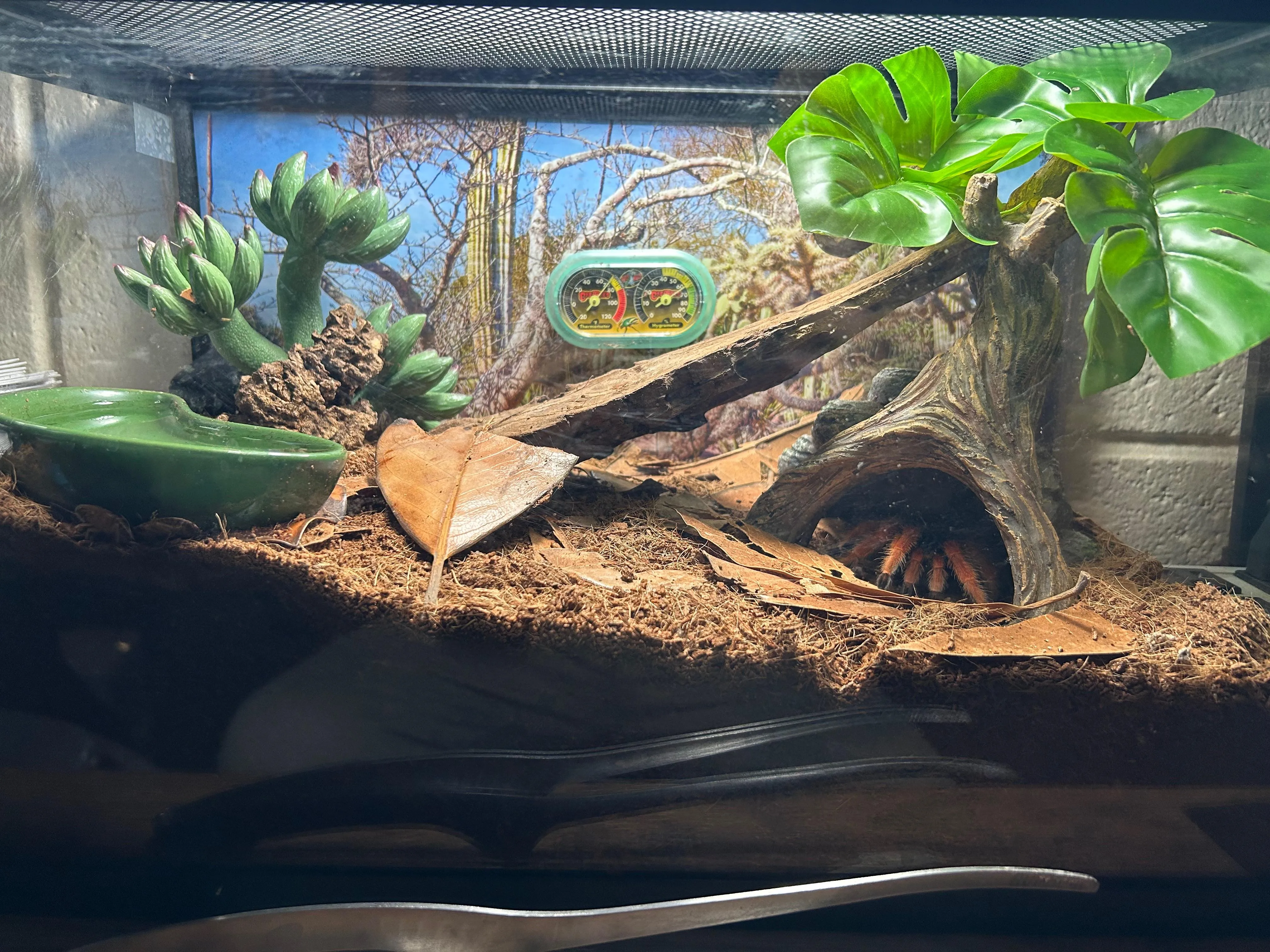Fireleg Tarantula Top 5 Facts You Need to Know
The fireleg tarantula (Brachypelma boehmei) is a stunning and popular species among tarantula enthusiasts, known for its vibrant orange-red leg markings. These captivating creatures, native to the tropical regions of Mexico, offer a fascinating glimpse into the world of arachnids. This care sheet will provide you with the essential facts to ensure your fireleg tarantula thrives. From understanding their origin and habitat to mastering the specifics of their care, we’ll cover everything you need to know to provide a happy and healthy life for your eight-legged friend. Whether you’re a seasoned tarantula keeper or a curious beginner, this guide will equip you with the knowledge to appreciate and properly care for your fireleg tarantula.
Fact 1 Origin and Habitat
Understanding the origin and natural habitat of the fireleg tarantula is crucial for replicating the conditions they need to thrive in captivity. Knowing where they come from gives insights on the correct environmental setup that is vital to their well-being. This knowledge forms the basis for providing appropriate housing, temperature, humidity, and overall care, ensuring your tarantula’s health and longevity. This understanding is a cornerstone for responsible pet ownership, contributing to a successful and rewarding experience for both you and your fireleg tarantula. This knowledge also enriches your appreciation for these magnificent creatures and their place in the natural world.
Where Fireleg Tarantulas Come From
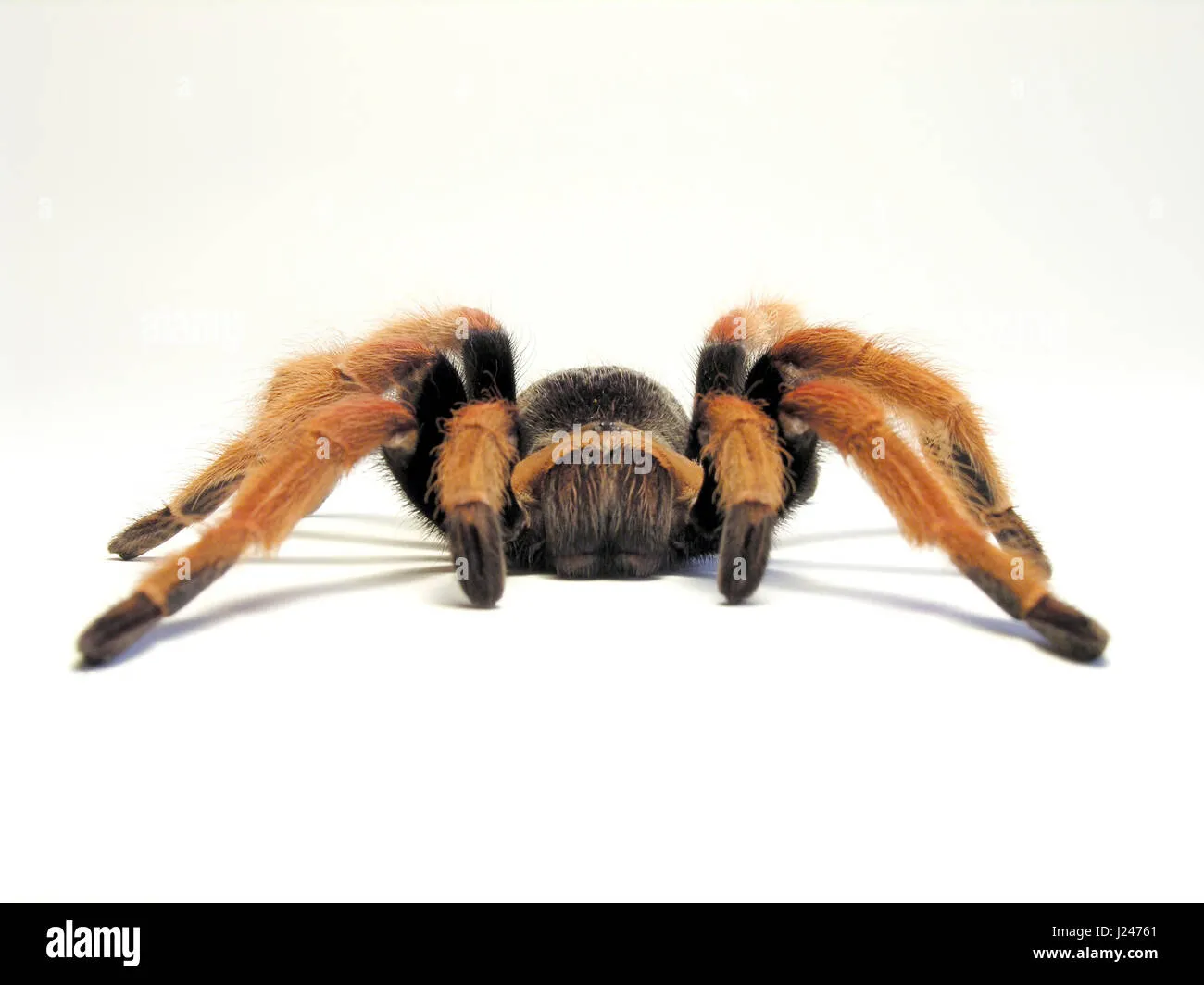
Fireleg tarantulas are native to the Pacific coast of Mexico, specifically in the states of Guerrero and Michoacán. They inhabit tropical deciduous forests and scrublands, often near areas with some humidity. Their natural range is relatively limited, making them a species of conservation concern due to habitat loss and illegal collecting. Firelegs thrive in these regions because of the specific temperature and moisture levels present within their environment. These beautiful creatures are a reminder of the fascinating biodiversity of their native lands.
Natural Environment
In their natural environment, fireleg tarantulas live in burrows they create under rocks, logs, or in the soil. These burrows provide shelter from the heat of the day and protect them from predators. The climate in their native habitat is characterized by distinct wet and dry seasons, which influence their activity levels and molting cycles. They experience temperatures that fluctuate, with high humidity during the rainy season and drier conditions during the rest of the year. Replicating these environmental factors in captivity is essential to their health and well-being.
Fact 2 Fireleg Tarantula Appearance and Characteristics
The appearance and characteristics of the fireleg tarantula are what make it so captivating. Distinctive markings and physical traits are not only aesthetically pleasing but also provide insights into the species’ behavior and needs. The visual details, from the vibrant colors to the size and lifespan, give valuable information for providing the appropriate care. Knowing these details helps you understand the tarantula’s needs, ensuring a healthy and thriving pet. Appreciation for these traits also deepens your connection with this beautiful species.
Distinguishing Features

The fireleg tarantula is instantly recognizable due to its striking coloration. The most distinctive feature is the bright orange-red coloration on its leg joints, which gives the species its common name. The carapace (the top part of the cephalothorax) is typically a dark brown or black, and the abdomen is covered in dark hairs. These contrasting colors create a beautiful visual appeal. Mature females often have a larger body size than males, and their coloration may become more vivid as they age. They are truly a sight to behold for any tarantula enthusiast.
Size and Lifespan
Fireleg tarantulas are considered a medium-sized tarantula species. Females can reach a leg span of up to 6 inches (15 cm), while males are generally smaller. The lifespan of a fireleg tarantula varies. Females can live for 10 to 15 years or longer, while males typically live for 3 to 5 years, often reaching the end of their lifespan after maturing. Their longevity is a significant factor in their appeal as pets, as they can provide years of companionship. Proper care ensures they live long and healthy lives.
Fact 3 Fireleg Tarantula Housing Requirements
Providing the right housing is critical for the health and well-being of a fireleg tarantula. A well-designed enclosure replicates the natural environment and meets the tarantula’s needs. The right setup provides shelter, regulates temperature and humidity, and allows for natural behaviors, such as burrowing. Choosing the right housing and creating an appropriate habitat is essential for tarantula care and is a great investment for the long-term success of your pet. Correct housing helps reduce stress, promotes good health, and allows you to observe your tarantula’s fascinating behavior.
Choosing the Right Enclosure
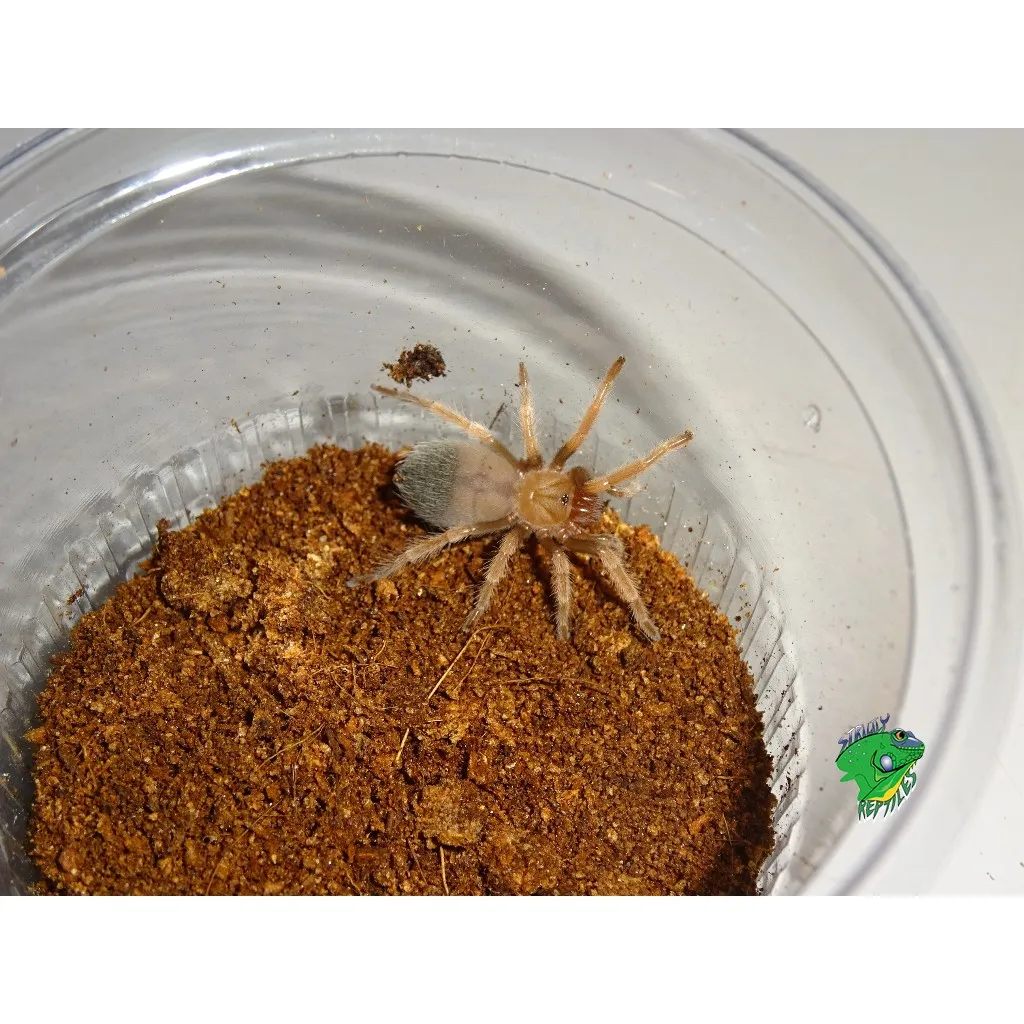
For a fireleg tarantula, a suitable enclosure should be appropriately sized. A 10-gallon terrarium or a similar-sized enclosure is usually adequate for an adult. The enclosure should be escape-proof, with a secure lid. Good ventilation is essential to prevent the buildup of humidity and mold. Ensure the enclosure is made of a clear material, like glass or acrylic, to allow for easy observation. A front-opening terrarium is often preferred as it simplifies feeding and maintenance. Always ensure the enclosure is designed to meet the tarantula’s specific needs.
Substrate and Decor
The substrate is an essential element of the fireleg tarantula’s enclosure. The substrate should be several inches deep to allow for burrowing behavior. A mixture of peat moss, coconut fiber, and a little bit of vermiculite is ideal. This mix retains moisture and provides a natural environment. Decorate the enclosure with a hide, such as a piece of cork bark or a hollow log, to provide a secure hiding place. Add a shallow water dish for drinking. Avoid using sharp objects or anything that could harm the tarantula. Maintaining the right substrate and decor creates a comfortable and enriching environment.
Fact 4 Feeding and Diet
A proper diet and feeding schedule are essential components of fireleg tarantula care. Providing the correct food and adhering to an appropriate feeding schedule will ensure your tarantula receives the necessary nutrients for growth and health. Understanding the feeding habits of your tarantula also helps you monitor its overall well-being. A balanced diet not only sustains their physical health but also enhances their quality of life, contributing to their longevity and vibrant appearance. It also gives the owner a chance to observe the behavior of their pet.
What Fireleg Tarantulas Eat
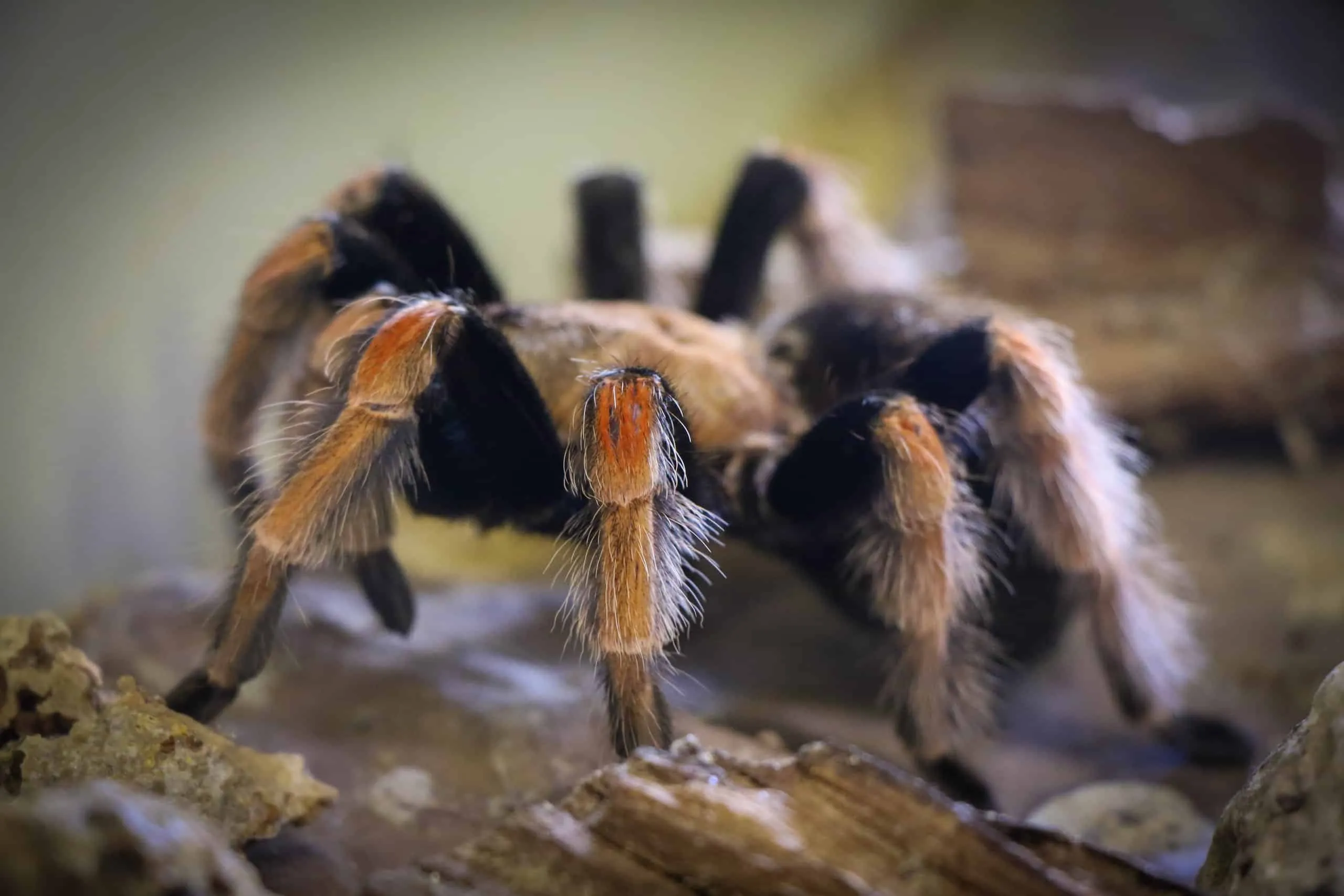
Fireleg tarantulas are primarily insectivores, meaning their diet consists of insects. Crickets, mealworms, and cockroaches are all suitable food sources. It’s crucial to vary their diet to ensure they receive a range of nutrients. Always feed insects that are gut-loaded before feeding to your tarantula, which means the insects have been fed nutritious food. Avoid feeding insects that have been exposed to pesticides. You can also offer the occasional pre-killed pinky mouse to adult tarantulas as a supplemental food source. Make sure to remove any uneaten food within 24 hours to prevent the growth of mold and mites.
Feeding Frequency
The feeding frequency for fireleg tarantulas depends on their age and size. Spiderlings should be fed 2-3 times a week, while juveniles can be fed once or twice a week. Adult tarantulas can typically be fed once a week or every other week. Adjust the feeding schedule based on their appetite and how quickly they consume their meals. Overfeeding can lead to obesity and health problems, while underfeeding can lead to slower growth. Always provide fresh water in a shallow dish.
Fact 5 Fireleg Tarantula Health and Handling
Understanding the health considerations and proper handling techniques is vital for the well-being of your fireleg tarantula. Knowing the common health issues can help you take preventative measures and provide quick responses if problems arise. Safe handling practices also ensure the safety of both you and your tarantula. This knowledge helps establish a responsible and enjoyable experience. Proper health management and safe handling practices foster a strong bond between you and your fascinating pet.
Common Health Issues
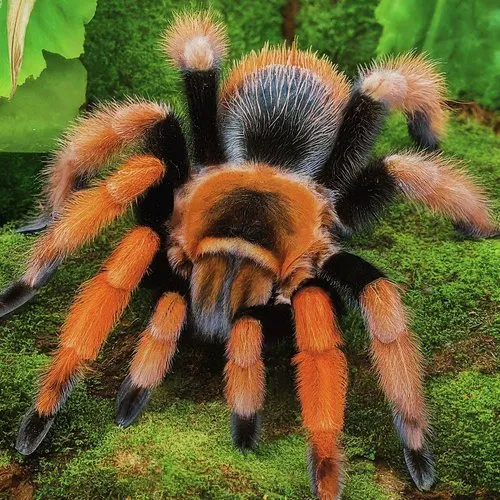
Fireleg tarantulas are generally hardy, but they can be susceptible to certain health issues. Mites are a common problem, often introduced through the substrate or feeder insects. Inspect your tarantula and the enclosure regularly for signs of mites. Respiratory infections can occur if the enclosure is too humid or poorly ventilated. Ensure that you maintain optimal humidity levels and proper ventilation. If you notice any unusual behaviors, such as loss of appetite, lethargy, or abnormal posture, it’s important to consult a veterinarian experienced in exotic animals. Molting issues, such as incomplete molts, can sometimes occur if the tarantula does not have enough moisture or if it’s stressed. It’s important to provide proper care and a stress-free environment.
Handling and Safety
Handling fireleg tarantulas should be approached with caution. While they are generally docile, they can bite if they feel threatened. Their bite is not typically life-threatening to humans, but it can be painful. Additionally, their urticating hairs can cause skin irritation. It’s generally best to avoid handling them unless necessary. If you must handle your tarantula, do so over a soft surface, like a bed or a carpet, to minimize the risk of injury if it falls. Use a soft brush to gently coax the tarantula onto your hand. Always wash your hands thoroughly before and after handling your tarantula. Avoid sudden movements and respect its space.
